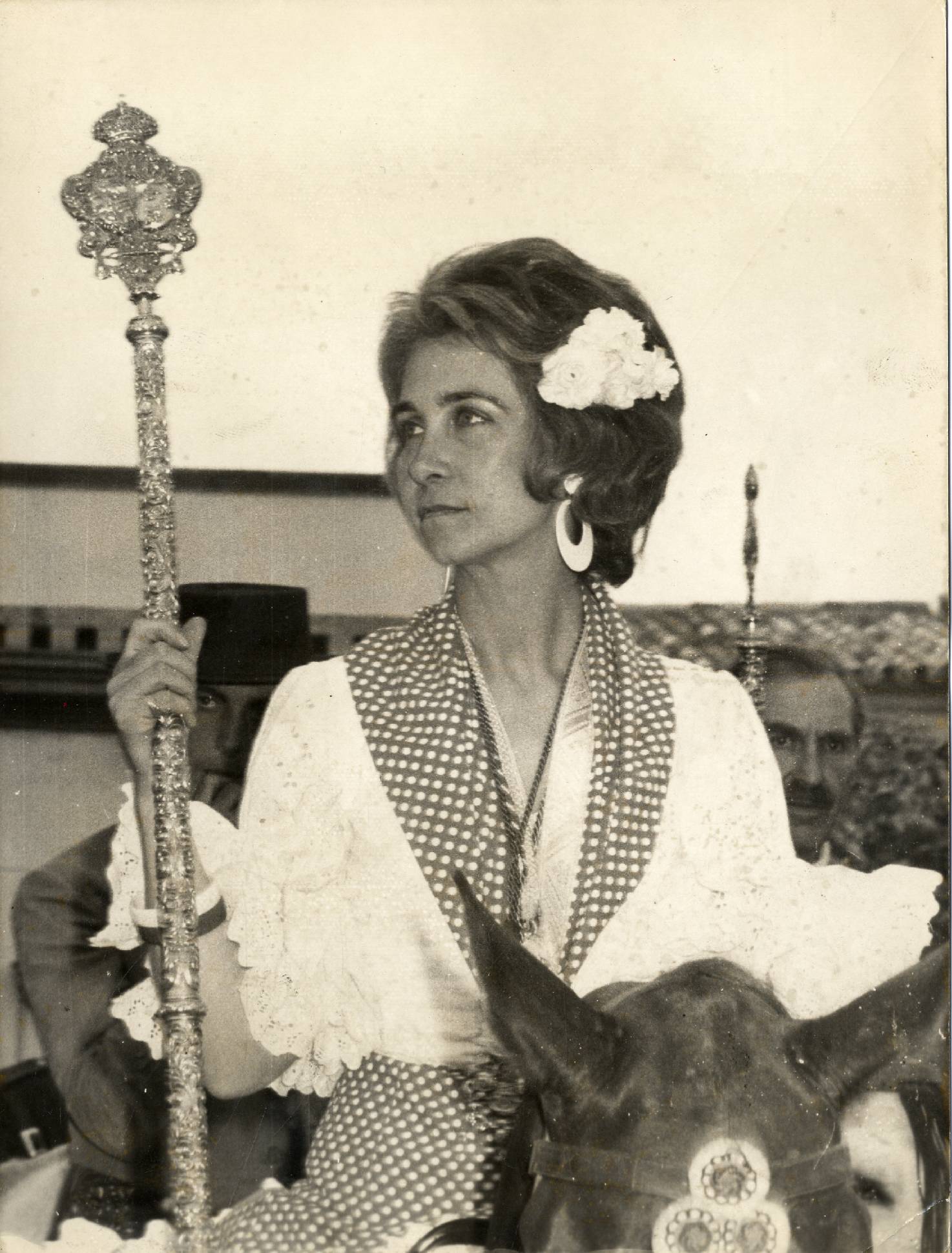Mary Therese Charlotte of France (Versailles, 1778 - Vienna 1851). French princess by birth, Duchess of Angouleme and Dauphine of France by marriage. Daughter of King Louis XVI and Queen Marie Antoinette of France, is seen as the only person of the French royal family who survived the Revolution.
Mary Therese was considered by monarchists Holder Reina France August 2, 1830, for only 20 minutes, since his father signed the act of abdication, until the moment when her husband signed, reluctantly, the same document a 20 minutes later.
Mary Therese was the eldest daughter of Louis XVI and Marie Antoinette. The monarchists had long yearned for the birth of a Dauphin of France, because the royal couple llebaba married about 7 years. However, the kings were delighted with the birth of her daughter.
The House of Madame Royale was erected almost immediately, according to the etiquette of Versailles. The first governess was Guéménée Princess, who was later replaced by a favorite of Marie Antoinette: Yolande of Polastron, Comtesse de Polignac. Louis XVI was an affectionate father who spoiled his daughter by granting all that is wanted. Marie Antoinette, however, was more strict and ruled that her daughter was not educated so that allthough being a princess despotic and arrogant, as were the other princesses of the Bourbon family. The queen often invited to dinner with Mary Therese to children of the working classes. In contrast to the image of eccentric and wasteful that was Marie Antoinette, the queen was not insensible to the misery of the poor, being much given to charity. In fact, in the Christmas of 1784 the queen took some of the best toys of Mary Therese and gave them to poor children for New Year festivities.
Mary Therese had more siblings:
- Prince Joseph Louis Javier Francis, Dauphin of France and Duke of Brittany.
- Prince Louis Charles, Duke of Normandy.
- Madame Royale Maria Sophia.
On July 14, 1789, the Bastille is taken by a crowd. The situation is critical and several members of the royal family fled into exile, including the king's brothers, the Counts of Provence and Artois. The Prime Minister, the Baron of Breteuil, he moved to Germany. The governess Madame Royale flees to Switzerland. His place is taken by the devout Catholic Louisa Isabella, Marchioness of Tourzel, whose daughter Pauline, became a close friend of Mary Therese. In October, the Palace of Versailles was besieged and the royal family was forced to move to Paris. There Louis XVI and his family were staying at the Tuileries, living a virtual arrest. This meant the end of the childhood of the Princess Royal.
In finding the deterioration of the political situation, the kings are realizing that their lives are in danger. The events convinced that Marie Antoinette of France was salvation for the royal family and the best thing was to depart from Paris. Montmédy hoped to reach a place that was realistic. However, they were intercepted at Varennes and brought back to the capital.
In the fall of 1792 the whole family was imprisoned in the Tower of the Temple, after the official abolition of the monarchy. Months later, Louis XVI is tried and sentenced to the guillotine. This devastated the whole family, especially Maria Teresa who was very close to her father. In July 1793, the guards removed his brother, Louis XVII, family and confined in a cell that subsequently die. In the fort were Maria Theresa, Marie Antoinette and Madame Elisabeth, the younger sister of Louis XVI.
In October of that same year, Marie Antoinette was taken to the Conciergerie prison, subjected it to trial and was executed by guillotine. In May 1794 separated Mary Therese and her aunt Isabel. The only contact with the outside world was the food they gave her through a small window in the door. Nobody told her what had happened to her family. All she knew was that her father had died and she was alone in the world. Scribbles on the walls of her cell in the Tower of the Temple: "Maria Teresa is the most unhappy creature in the world, can not get news of her mother and join her, though she has asked thousands of times" "Live my good mother ! A that I love but I can not hear her voice "" Oh father! look at me from heaven life is so cruel! ""Oh my God forgives those who have made my family perish!"
Only after the fall of the Reign of Terror, Mary Teresa was allowed to leave France. She was taken to Vienna where she lived at the court of her cousin Francis II.
Soon Mary left Vienna to travel to Lithuania, where her uncle the Count of Provence, guest of Tsar Paul I of Russia. His uncle, who had proclaimed himself King of France under the name of Louis XVIII, had no children and wanted Mary to marry her cousin Luis Anthony, Duke of Angoulême and eventual heir to the throne. Mary accepted immediately re happy to be part of a family. Luis Anthony was the eldest son of the Count of Artois (the future Charles X). Shy, stuttering, was a difficult person and believed to impotent. The wedding took place in 1799 and despite the shortcomings of her husband, Maria Teresa loved him dearly.
Mary Therese of France died in 1851 from pneumonia.






